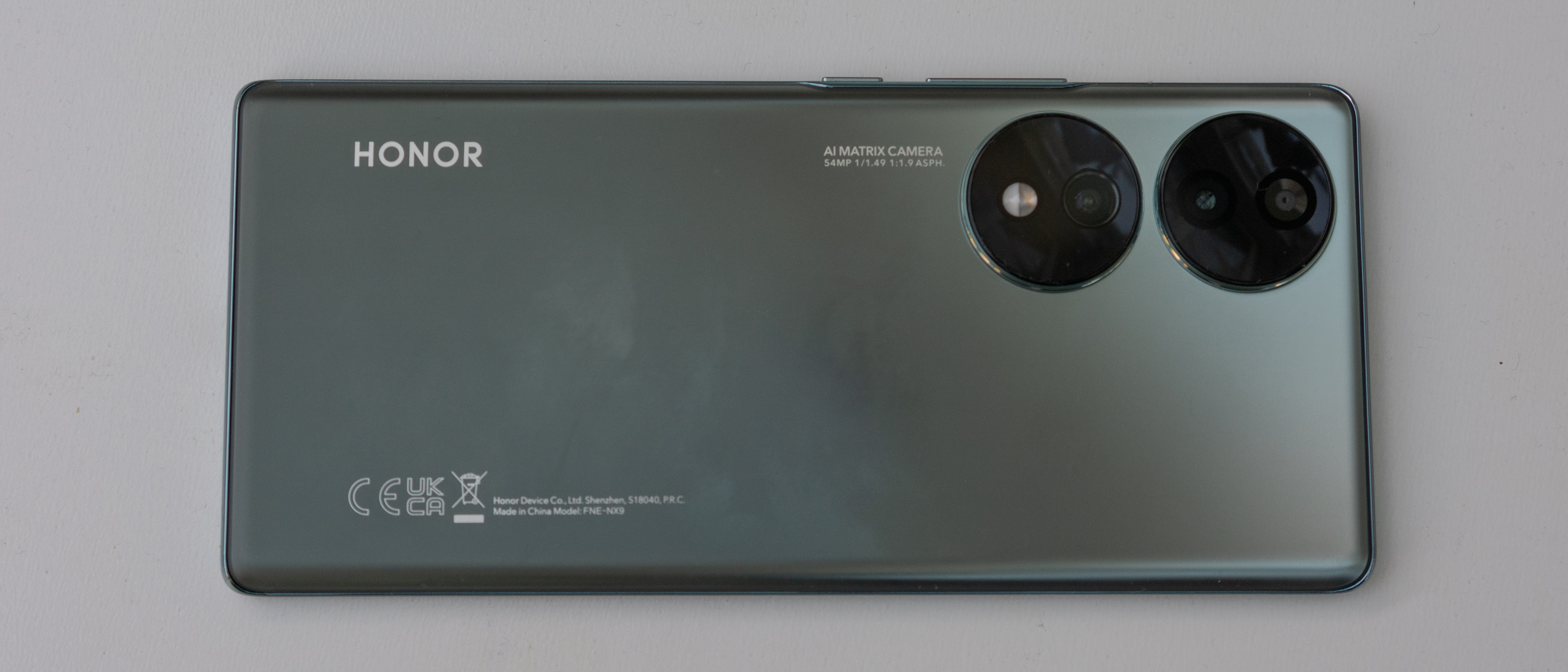Our Verdict
A decent mid-ranger with a good camera and bright, colourful screen, the Honor 70 might not win any prizes for design or provide the absurd levels of performance we’ve come to expect from flagship devices, but it’s a very good phone for the money, and sometimes that’s all you need.
For
- Thin and light
- Excellent camera
- Nice screen
Against
- Only one speaker
- Digital zoom only
- No headphone port
Why you can trust Creative Bloq
A mid-range but eye-catching phone, the Honor 70 stands out thanks to its large double camera bulge and excellent screen.
The camera is particularly good, using a new Sony sensor and with a lot of post-shot processing that ensures a sharp and colourful image, and the images look great on the phone’s 6.7-inch OLED screen. The phone is generally thin, light, and easy to keep in your pocket, the noticeable camera roundels protruding quite sharply from the back, but not so far that a case couldn’t fill, or at least soften, the gap.
Otherwise, the phone is largely unremarkable, a black rectangle that blends in with a thousand others, but has shown itself to be responsive, and easy to use, and what stand-out features it has make it a very decent entry into the Android phone market. But is it good enough to break into the competitive group of the best budget camera phones? We've tested it to find out.
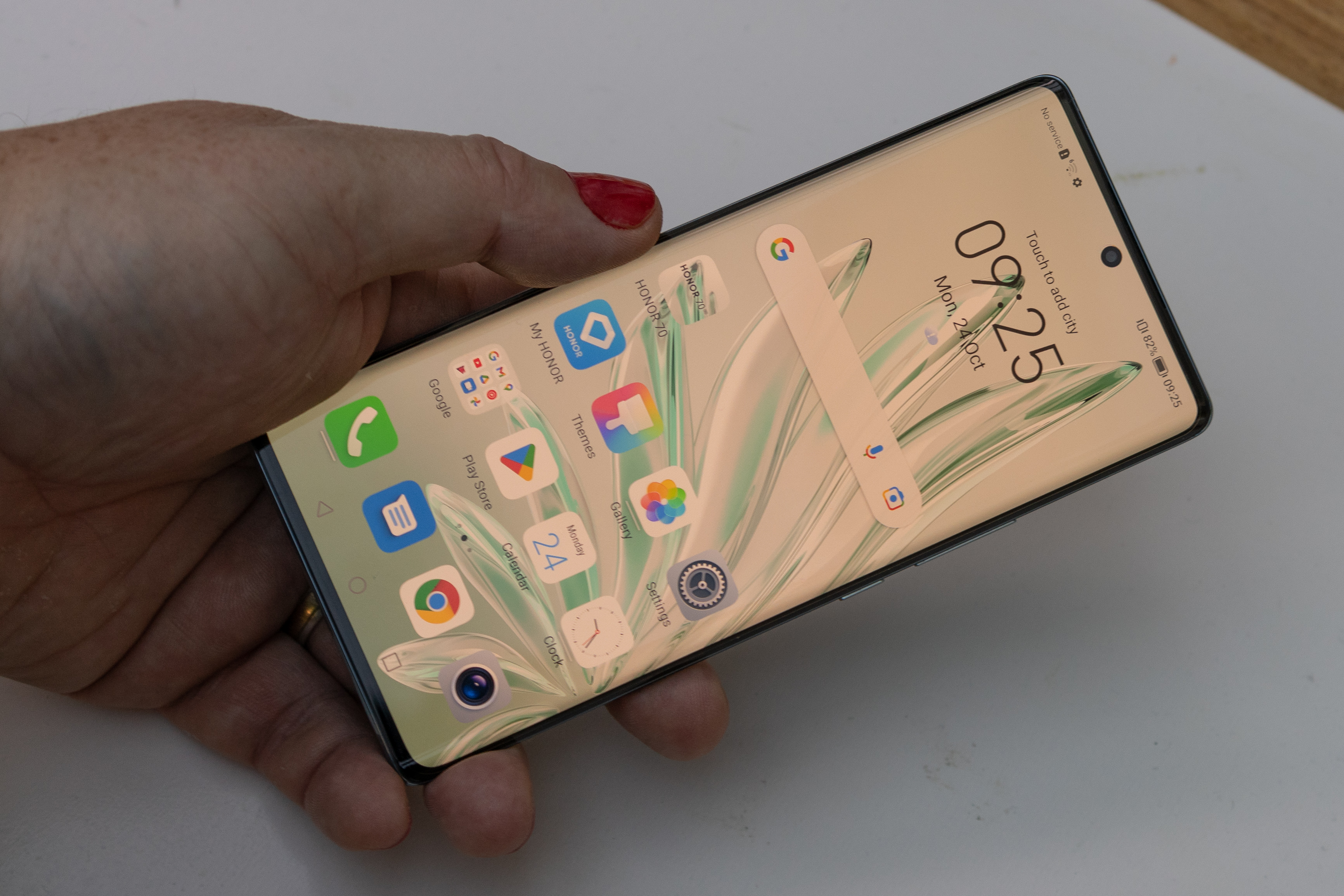
Honor 70 review: Design
There's no getting away from the fact all phones look the same, but the Honor’s camera module is at least distinctive, its twin bulges sticking a long way out of the back. It’s generally a thin phone, with a curved edge at the sides but flat ends. There's the usual volume rocker and lock buttons, plus a single speaker, SIM tray, and USB-C port on the bottom. It being 2022, there's no headphone port. Our review model came in an attractive metallic blue/silver finish (though it’s marketed as ‘emerald green’, suggesting our eyes need colour calibration), with the black camera circles creating a distinct contrast.
The phone is built around Qualcomm’s 778G+ platform, which melds an eight-core CPU (in a big.LITTLE arrangement with four Cortex-A78 performance cores and four Cortex A-55 cores) with 10GB of RAM in an 8+2 arrangement that steals a bit of storage to supplement the RAM, 256GB of storage (a 128GB version is also available) and a 5G cellular radio. There's Wi-Fi 6 onboard too,
It’s firmly in the mid-range, but that doesn’t mean you’ll notice a lack of power or a dearth of features. The camera is excellent, and the screen is particularly nice. It’s an HDR OLED, 6.7in from corner to corner, with a resolution of 2400x1080 for a pixel density of 395ppi (compared to 425ppi on the Samsung Galaxy S22 and 416 on the Google Pixel 7) and an aspect ratio of 20:9.
Weighing just 178g without a case, it’s a noticeably lighter phone than a Pixel, Nothing Phone or other heavyweights in this popular market niche.
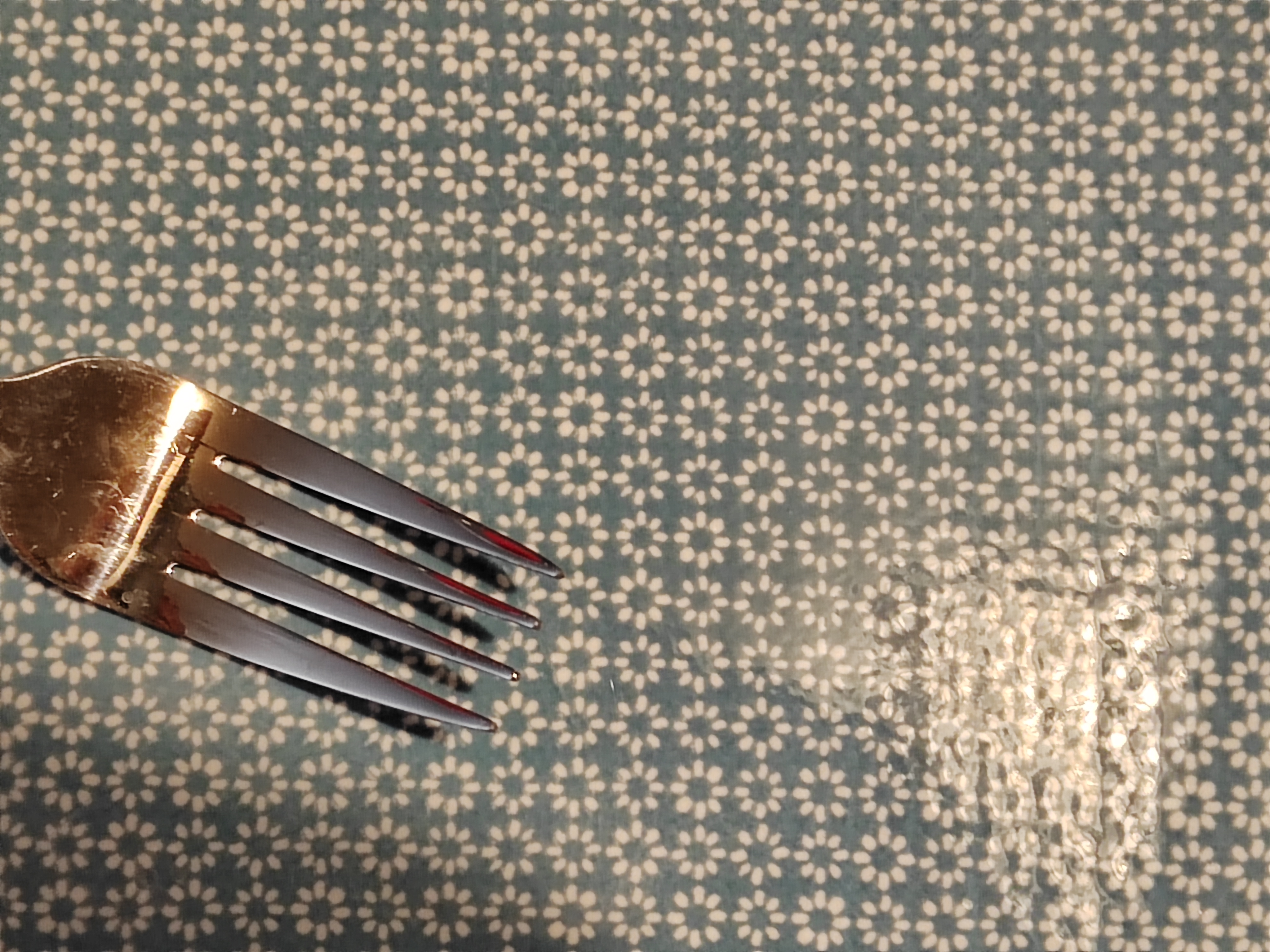
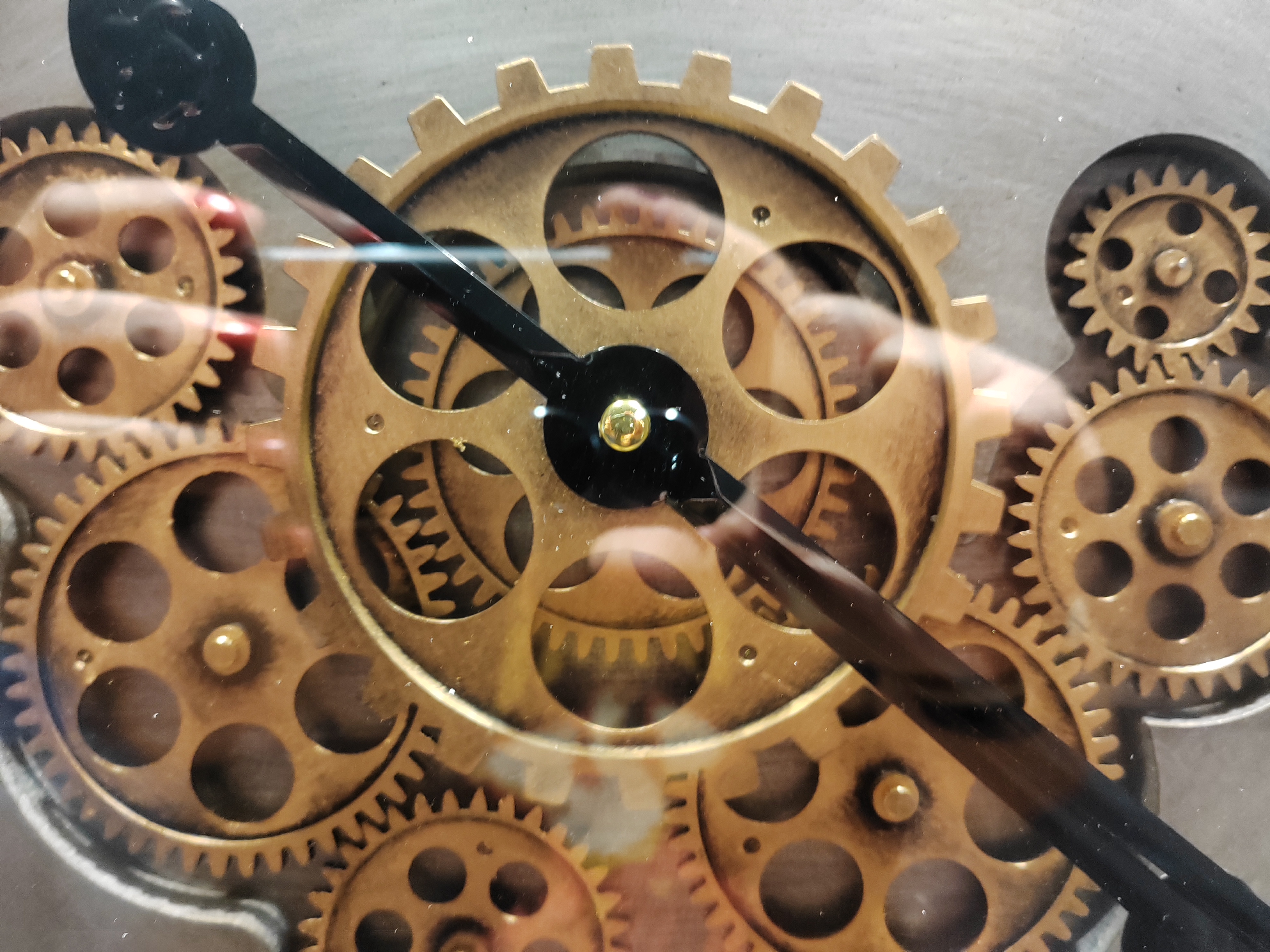
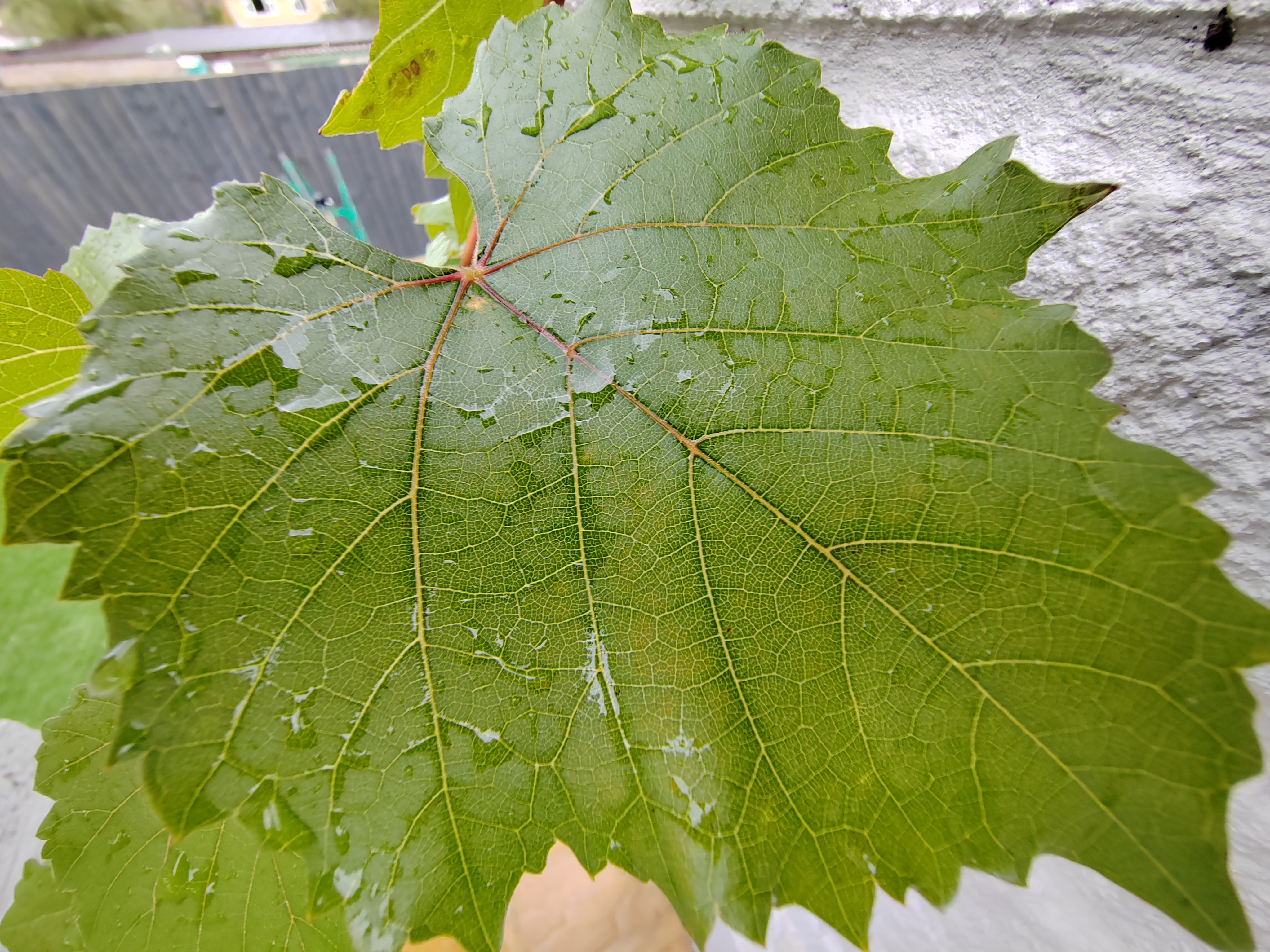
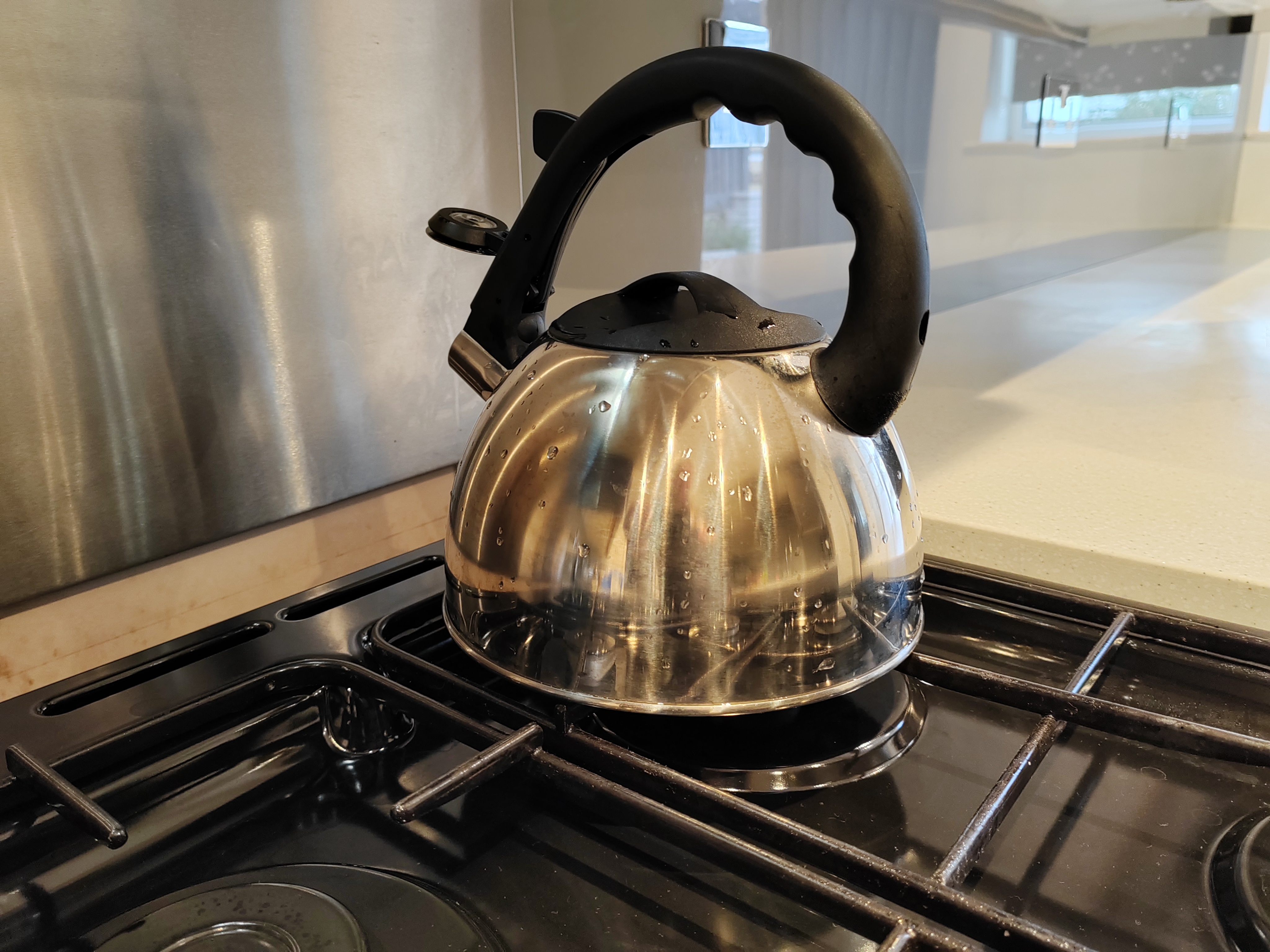
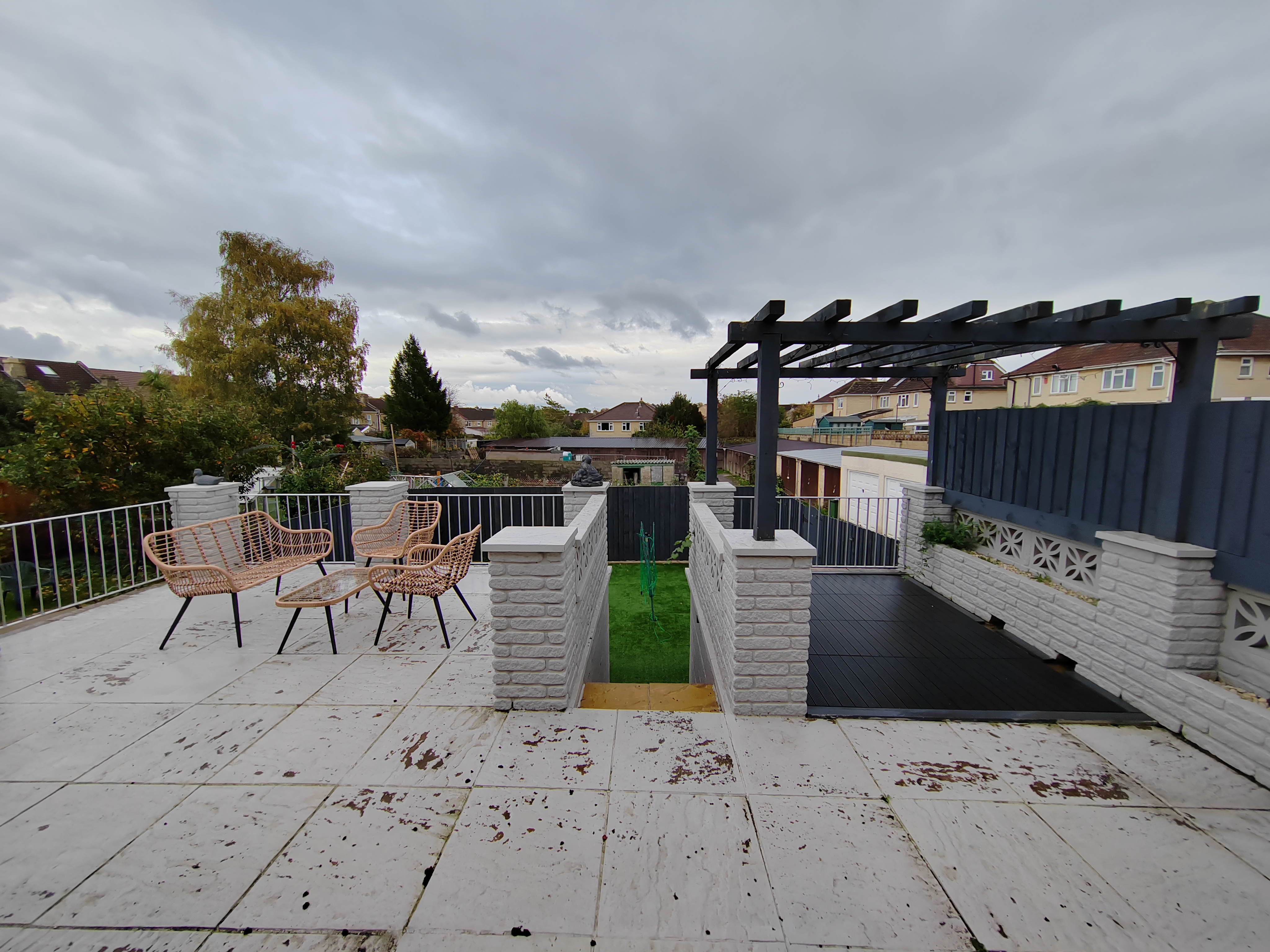
Honor 70 review: Camera
Possibly the most interesting thing about the Honor 70 is its main camera, which puts the Sony IMX 800 54MP sensor (thanks to pixel binning, you get a 12MP file) behind an f/1.9 main lens with an equivalent focal length of around 28mm. The sensor saw an information leak in 2021 that touted it as a huge (in smartphone terms) one-inch sensor, the sort of thing you’d find in premium compact cameras like the Sony RX-10 series or Experia Pro-I phone. This was exciting, but turned out not to be the case at all. The sensor is still fairly large, in phone terms, however, and has good light-gathering abilities, but no image stabilisation.
There's an ultrawide camera (50MP, again with binning), which can focus down to 4cm and has an aperture of f/2.2, plus a depth sensor. Around the front, you’ll find a 32MP f/2.4 selfie camera, which punches through the screen in a small circle. There's no dedicated telephoto lens, the phone instead digitally zooming the main camera’s output up to 10x. We found the ultrawide camera to be particularly soft at the edges, but otherwise, the main camera produces crisp, well-saturated images that will rival those from the top of the market.
Honor’s camera app replaces the standard Android one, and it’s superb. There's a lot of AI processing going on, attempting to boost the saturation of the scene, and the AI (we’re not talking Deep Thought here, but there's image recognition going on) also makes an appearance behind a button in the interface that turns scene modes on and off, changing settings automatically depending on what it detects in the image you're trying to take. You can also activate smile detection in the settings too, which automatically takes a snap when it picks up some pearly whites.
You also get auto flash modes and a constant video light. Filters are present and can be applied live to the screen before you take the image. In the settings menu there's the opportunity to change the aspect ratio, resolution, and even move the position of the shutter button.
Video users are well catered for with the Honor 70 camera too, with 4K 30FPS recording. Dropping down to 1080p allows 60FPS, but there are no high-framerate options other than the slow-mo mode found in the ‘More’ menu. You can record in HEVC if you like, there's multi-video, which uses the front and back cameras at the same time (we’re sure someone will find a use for it) and a clever ‘Solo Cut’ tracking mode that follows a single person as they walk through the frame, also hidden away in the More menu.
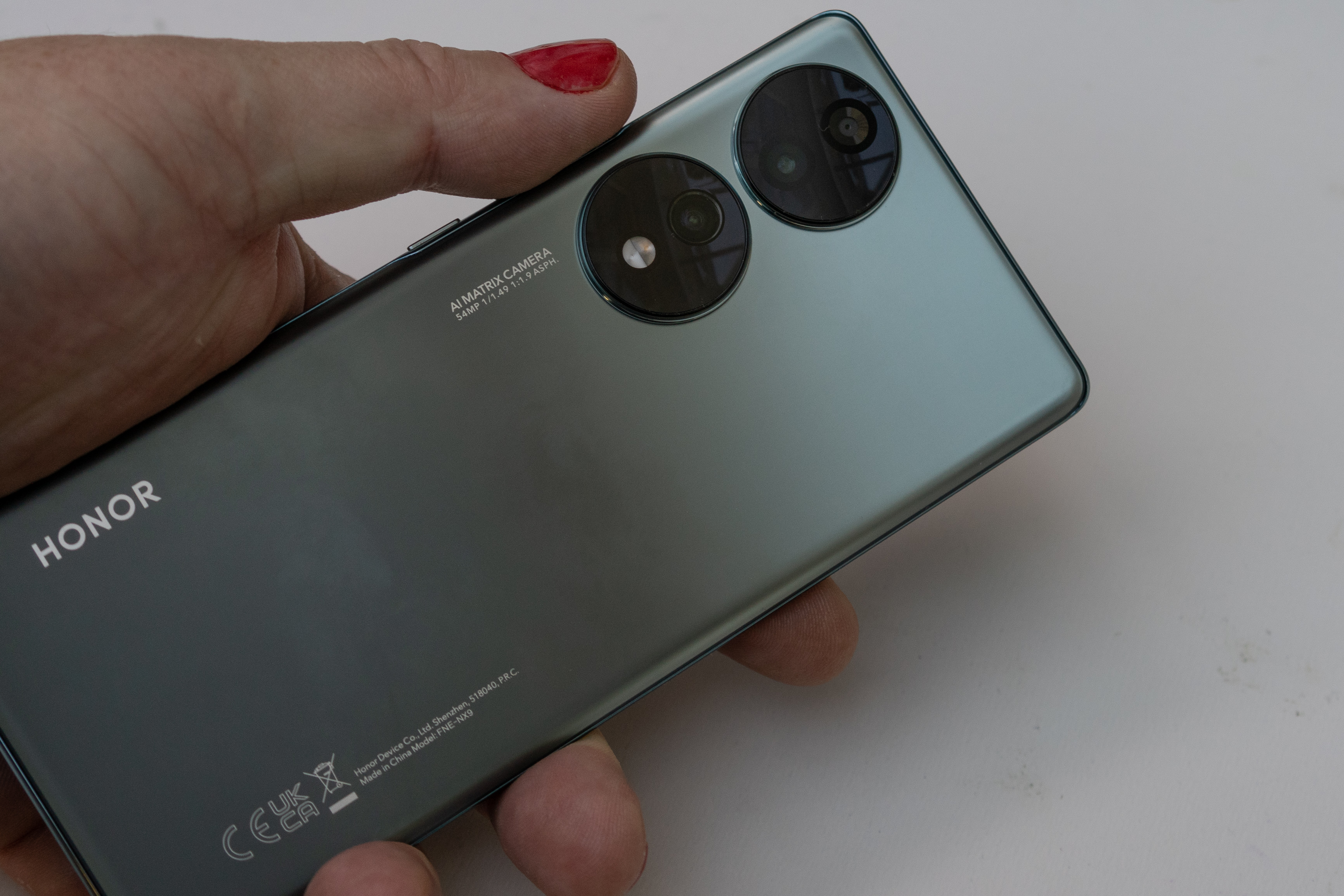
Honor 70 review: Performance and interface
Our phone runs Android 12, with Honor’s Magic UI 6.0.1 over the top. Honor’s UI additions are barely noticeable, newly installed apps appearing on additional pages on the home screen rather than in an app drawer. There's also an Honor 70 app that takes you through the phone’s standout features and flaunts its specs. A Themes app makes it easy to change the look of the phone without having to delve into the settings, while a Mirror app streamlines the taking of selfies. If that’s your thing. There's a full set of Google apps too.
It’s straightforward to use but switching off the phone can take a moment to work out, as there are no power icons on the quick settings shade and holding the power button just invokes Google Assistant. It turns out you just need to hold the power button for longer.
Honor 70 review: Battery life and charging
The Honor 70 packs a 4,800mAh battery, more than in the Pixel 7 or Nothing Phone 1. This large battery contributes to a very decent battery life, it'll easily last a day of enthusiastic use, and you'll be able to stretch it to two if you're really careful and frugal.
Charging is via the USB-C port, and there's no wireless or reverse charging capabilities. You do get fast charging, however: if you've got a 66W charger, you can fill it up in about 45 minutes. Luckily, there's just such a 66W charger in the box.
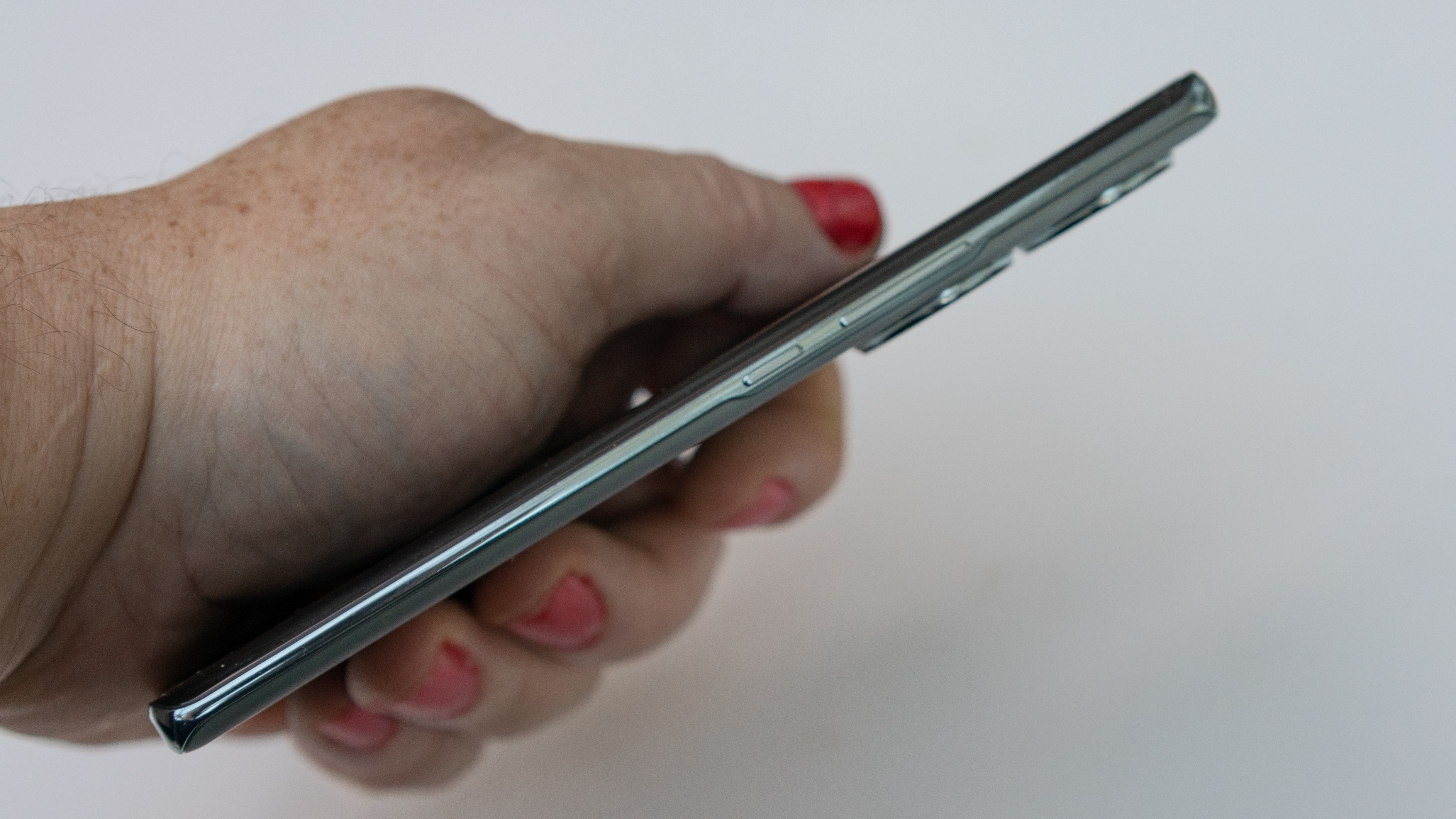
Should you buy the Honor 70?
Unless you particularly like iPhones or flagship Android devices, why not? There's a lot to like here, from the decent chipset to agreeable RAM and storage capacities, plus a good screen and better camera. It’s thin, light, lasts a full day or more on a charge, and doesn’t bog you down with unnecessary software and UI additions. It even makes phone calls. The price is pretty reasonable too, a serious step-down from the hugely expensive flagships that retail for twice as much, but you don’t feel that you lose too much by taking the leap.
We walked away from the Honor 70 without any feelings of being let down, which is one of the best things you can say about a mid-range phone. It did everything we wanted of it, immediately, and it took some good photos too.
Read more:

Thank you for reading 5 articles this month* Join now for unlimited access
Enjoy your first month for just £1 / $1 / €1
*Read 5 free articles per month without a subscription

Join now for unlimited access
Try first month for just £1 / $1 / €1
out of 10
A decent mid-ranger with a good camera and bright, colourful screen, the Honor 70 might not win any prizes for design or provide the absurd levels of performance we’ve come to expect from flagship devices, but it’s a very good phone for the money, and sometimes that’s all you need.

Ian Evenden has been a journalist for over 20 years, starting in the days of QuarkXpress 4 and Photoshop 5. He now mainly works in Creative Cloud and Google Docs, but can always find a use for a powerful laptop or two. When not sweating over page layout or photo editing, you can find him peering at the stars or growing vegetables.
